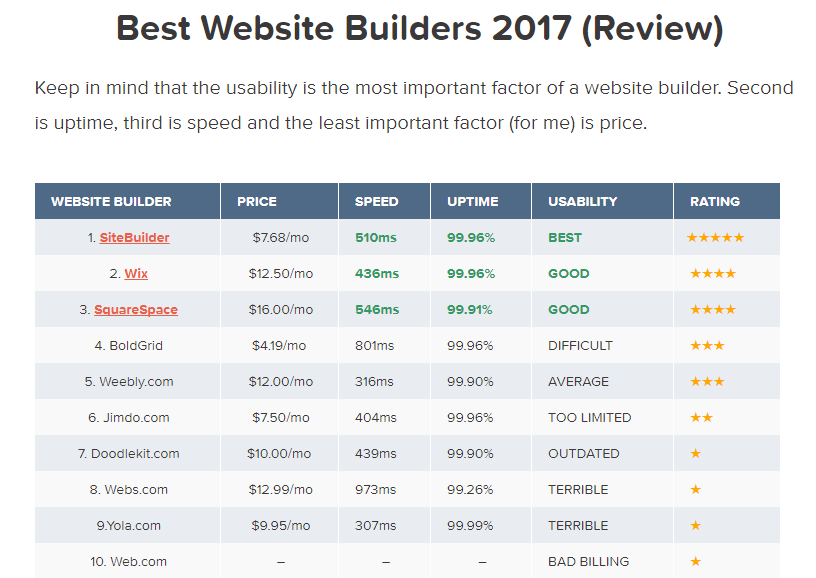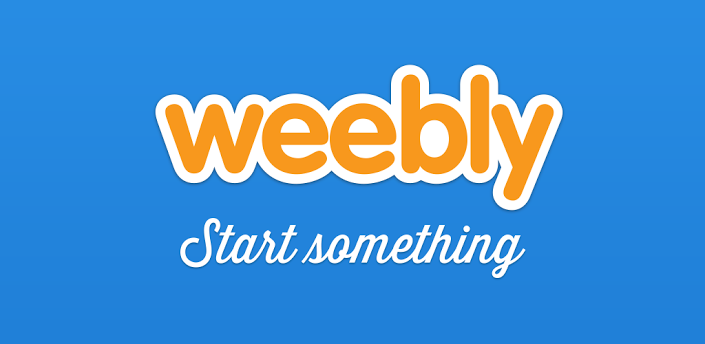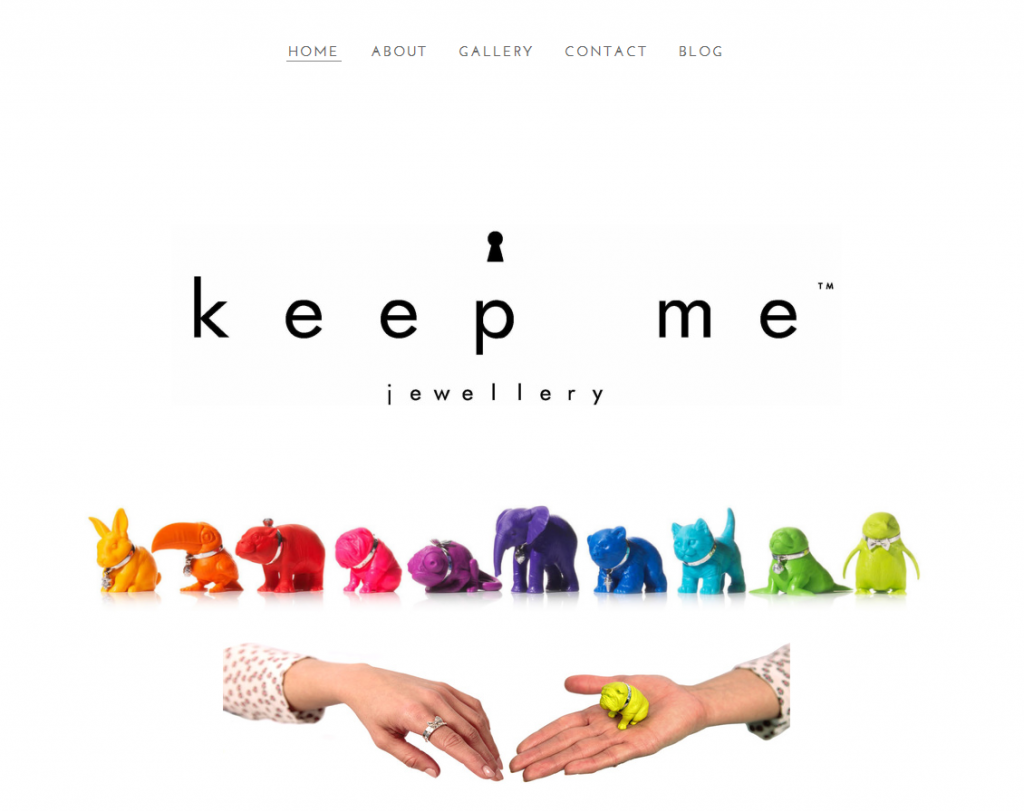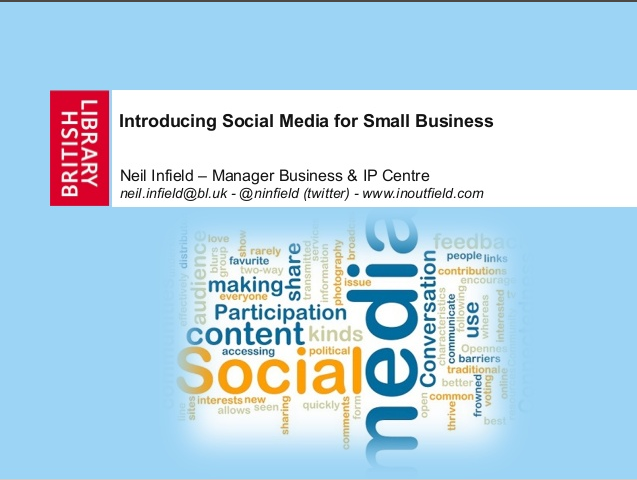 Yesterday evening the British Library hosted a book launch for Organizations Don’t Tweet, People Do: A Manager’s Guide to the Social Web by Euan Semple.
Yesterday evening the British Library hosted a book launch for Organizations Don’t Tweet, People Do: A Manager’s Guide to the Social Web by Euan Semple.
Instead of a speech, Euan was interviewed by Richard Sambrook a friend and college from their days together at the BBC.
Here are my notes from the evening followed by my selections from Euan’s book:
- The development of the internet and social media present a unique opportunity for social change – Euan considers this a phase change in society.
- Euan wanted to be part of that change for his children’s sake.
- He felt that when he was at the BBC, the World Service was a role model for the rest of the organisation. There people rubbed along together from all departments and levels sharing information. Other parts of the BBC were much more hierarchical and stuck in their silos.
- A lot of the use of early collaboration technologies were simple tools to help people find out answers to simple questions, such as ‘does anyone know a fixer in Poland’, or ‘how do you claim for petrol expenses’.
- On a wider level introducing these collaborative tools helped to create a shared understanding of corporate issues.
- Euan recognises that the control issues for social media for many organisations such as law firms are non-trivial, but he believes they will get there eventually.
- Finding your own ‘authentic voice’ through blogging is so much more valuable than writing endless management reports written in “management bollocks”, to a set formula, which no one actually reads.
- Euan describes his idealised vision of future corporations as ephemeral meritocracies.
- He wonders if it is unreasonable to expect people to be able to, or want to have their own voice. And thinks that education and corporate structures have led to many thinking they don’t. But he believes that ultimately everyone wants to have a say in their lives.
- The barriers to social media are not about age, but about open versus closed approaches to the world.
- He believes the internet and social media is the next big story after 18th century religion, early 20th century fascism and communism, and late 20th century capitalism.
The tweets from the event have been Storified here.
A more detailed summary from the Strange Attractor blog by Suw Charman-Anderson.
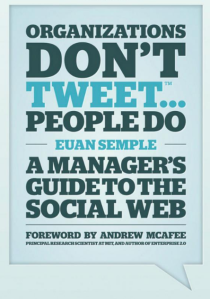 Review of Organisations Don’t Tweet, People Do
Review of Organisations Don’t Tweet, People Do
The book comes in 45 Bite sized chapters, each with introductions and summaries. And in fact each chapter can be purchased individually in electronic format. Euan’s idea is to make it as easy as possible to spread the message to those who remain unconvinced by the benefits of social media.
An essential read for anyone with a connection to social media in the workplace (which means everyone), it is very wide ranging, quite philosophical at times, and always passionately personal.
Euan makes a strong case for the democratising benefits of adopting social media and collaborative tools.
However, my experience of both successes and failures to introduce these technologies in various workplaces, makes me think that Euan is somewhat naïvely optimistic (an accusation he is aware of, and attempts to address several times in the book).
He ended the engaging question and answer session by saying he thinks it will take up to fifty years for the change to fully occur, and this strikes me as more realistic.
Here are my highlights from reading the book:
What is the book for? – It is not a “how to” book nor, I hope, is it cyber-utopian vision of the future….I prefer to think of it as a collection of ideas that… can make the web more understandable and useful in the world of work.
Growing up online – We will only be able to take full advantage of the networked world if we grow up, think for ourselves, and take responsibility for our lives and our actions. I am not naïve. I know that, at least to begin with, truly thinking for yourself and saying what you think with any degree of authenticity is a big ask. It may never happen for many people. There may just be too much at stake and too much to take into account for a politician or someone in a corporate setting to really be authentic.
Don’t let the techies ruin the party – …keep things out of the hands of technologists as much as possible. Some of them aren’t so bad, and some of them are re-inventing themselves…if there is a single biggest block to making social media happen encountered by my clients in large organizations it is with their IT department.
Ten steps to success with technology:
- Have a variety of tools rather than a single system.
- Don’t have a clear idea where you are headed.
- Follow the energy.
- Be strategically tactical.
- Keep moving, stay in touch, and head for the high ground.
- Build networks of people who care.
- Be obsessively interested.
- Use the tools to manage the tools. E.G. Blog about blogging in your organisation.
- Laugh when things go wrong.
- Unleash the Trojan Mice. Don’t do big things or spend loads of money. Set small, nimble things running and see where they head.
Anarchy versus control – Someone once called me “an organizational anarchist” and I have to admit I was quite chuffed at the description and took it as a compliment…. What I am talking about here is not complete free reign for individuals … I am more interested in the possibility of all of us taking full responsibility for ourselves and those around us – the ultimate in democracy.
How about moving democracy inside the firewall instead of outside it?
Bosses who don’t get it – If you can’t get support from your boss, see if you can get support from their peers. Find senior people who get what you are trying to do and enlist their support … Keep talking to them in their language about what you are doing and why – even if they occasionally glaze over!
Collaboration and trust – There is a lot of “collaboration software” out there that is really just the same stuff that failed to deliver data management, information management, knowledge management and is now failing to deliver collaboration. In fact a lot of the tools labelled as collaboration tools actually work against effective collaboration.
Blurring work boundaries – The blurring of the inside and outside raises issues both for us as individuals and organizations we work for. For us it means that we have to take more responsibility for whatever lines we draw between work and non-work.
PR and marketing under threat – I believe that marketing and PR are professions at real risk of disintermediation by the web. We will need people to do our marketing for us less and less as we use the tools in everyday work and start to have more effective conversations between ourselves and our customers.
Help your staff to become your best advocates. Give them the tools and the insights to become your ambassadors online.
The Return on Investment of social media – … I am becoming more robust about the ROI question and turning it back on those who ask it. What is the ROI of the way we do things now? … Where is the competitive advantage in preventing staff from using these tools to build and maintain the networks that develop their knowledge and their ability to get things done. Where is the competitive advantage in allowing your competitors to embrace these changes before you do and potentially re-inventing the industry you are so rigidly clinging to?
Online indiscretions – Much has been made about recruitment teams searching Facebook and LinkedIn to find prospective candidates and the damage supposedly done by online indiscretions. In some ways this is an anachronistic attitude coming from people who don’t themselves engage online. People are becoming much more robust and open in their online lives. Besides, what is so awful about these supposed indiscretions? Rather than worrying about photos of potential recruits drunk at parties, I would be more worried about people who appeared to have something to hide. In fact I would be less likely to employ someone who hadn’t been indiscreet as a student!
Deal with management fears – Online …You can’t hide behind your status or your pomposity. In fact being remote and pompous will severely inhibit your attempts at effective communication on the web.
…
So the answer is to help those who are disapproving or pompous in reaction to what is happening on the web. Don’t dismiss their reactions or sneer at them but make it easier for them to relax and say what they think. Show them the ropes and hold their hands rather than ridicule them as they discover for themselves the fast changing world they have felt excluded from.
Develop guidelines-not rules, collaboratively – Don’t start with rules. Learn to use your tools, and see how people make them work before you cast too much in stone.
Use Trojan mice – Set up small, unobtrusive, inexpensive, and autonomous tools and practices, set them running, and cajole and nudge them until they begin to work out where to go and why.
Don’t feed the Trolls – The best way to deal with trolls is to befriend them. Even the worst of them are human.
…
If your critics have shown the energy to engage, and can then be turned around to be supportive of you, then this sends a very strong signal to other dissenters.
Radical transparency – In fact online I recommend that people assume that if you have written something on a computer then someone else will at some time be able to see it.
…
Does this mean you can’t write about anything? No, but it does mean you have to think harder bout what you are writing, where, and why.
Blogging as therapy – By writing about the workplace you become more thoughtful about your place in it and what it does for you.
My favourite quote in the book comes from Vint Cerf, one of the ‘fathers of the internet’. When asked by a journalist if the internet was a good or a bad thing, he replied, “It is just a thing. Whether good or bad depends on what you are doing with it.”
Euan ends the book with his final blog post at BBC after 21, years about the importance of love at work.


